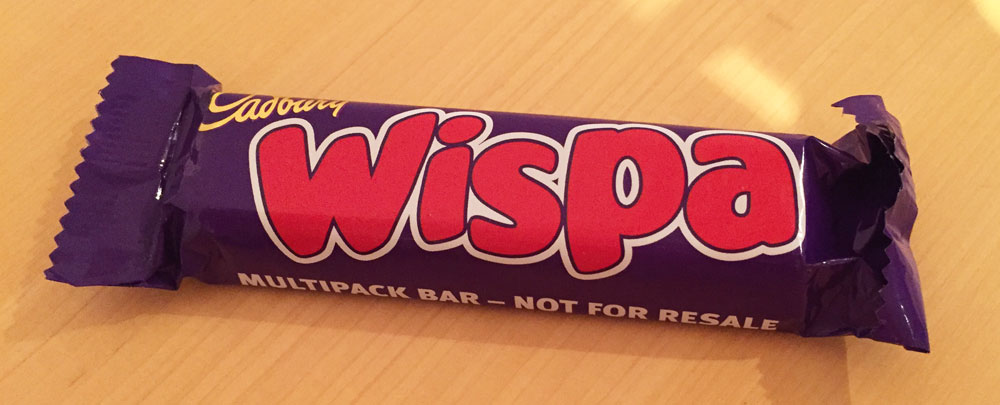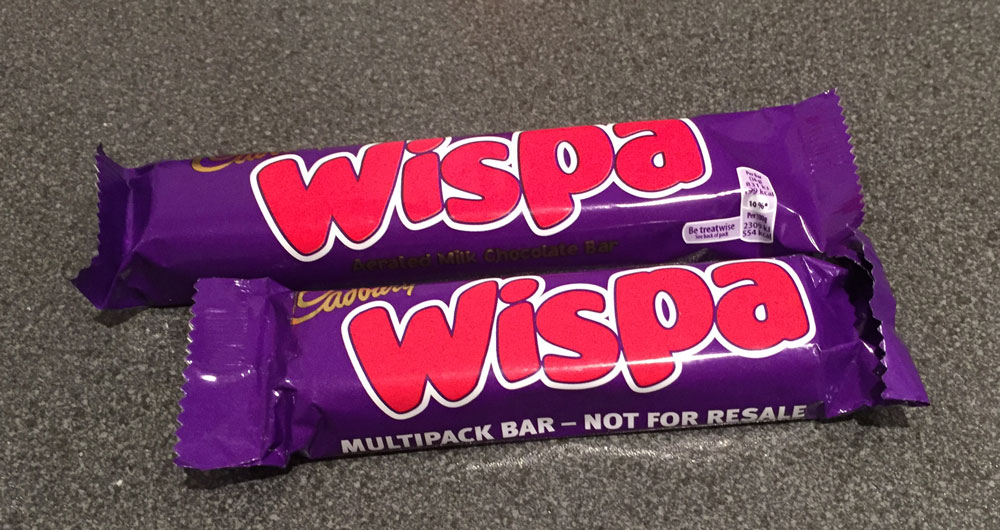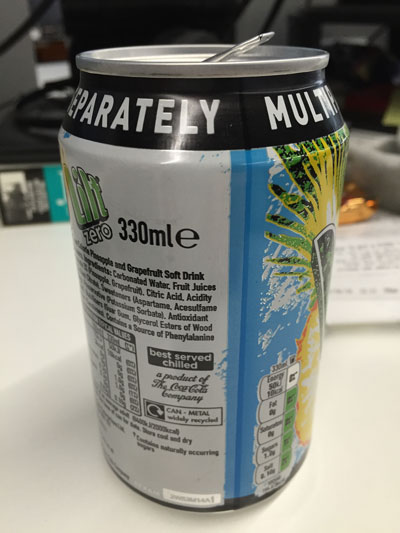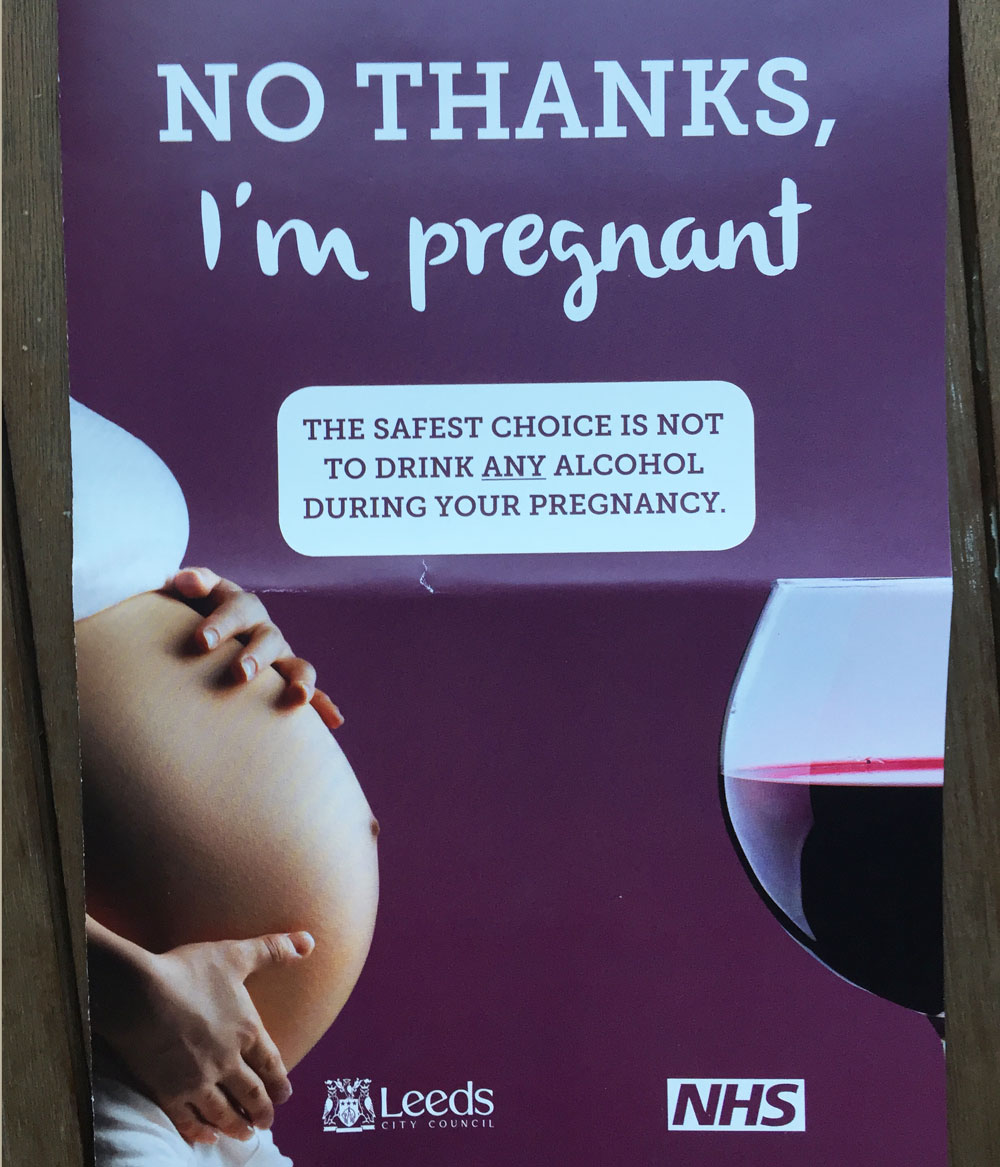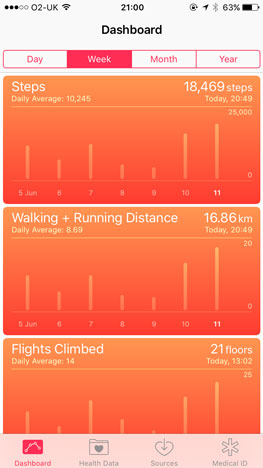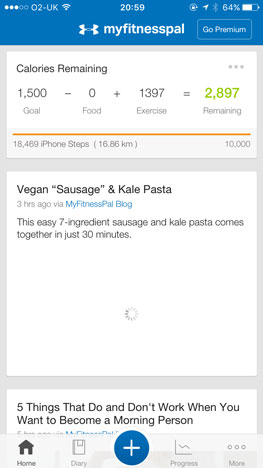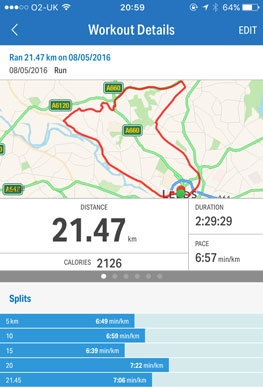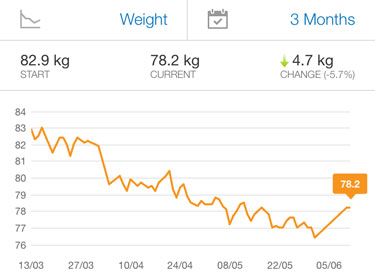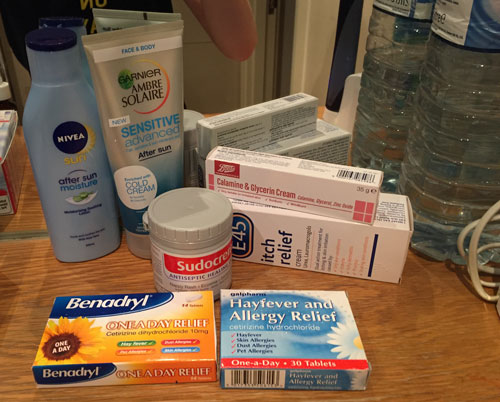Freakonomics Radio
Thursday, July 21st, 2016 | Reviews
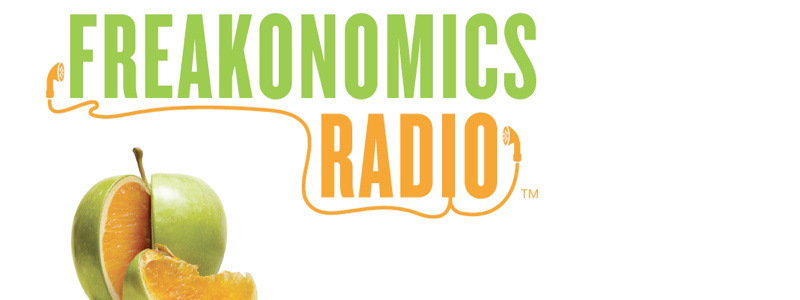
Freakonomics: A Rogue Economist Explores the Hidden Side of Everything is a brilliant book by Steven Levitt and Stephen J. Dubner. I won’t dwell too much on the book here, but following its success, Dubner began to produce a radio show called Freakonomics Radio that looked at the hidden side of other things.
I subscribed to the podcast using the Podcast feature of my iOS device. It’s the first time I have used it and so far it is okay. You just add the podcast and it queues up new episodes, and you can also go back through the archives and queue up old episodes. However, it does not seem to download the episodes, or has some performance issues. There is normally a few seconds delay between me clicking play and it starting.
Freakonomics Radio on the over hand, is very good.
The first episode I listened to was on “why are there so many mattress stores in America?”. Other episodes have taken on a diverse range of topics including science, food, self-improvement, economics (obviously) and interviews.
You can find the show at Freakonomics.com.

Freakonomics: A Rogue Economist Explores the Hidden Side of Everything is a brilliant book by Steven Levitt and Stephen J. Dubner. I won’t dwell too much on the book here, but following its success, Dubner began to produce a radio show called Freakonomics Radio that looked at the hidden side of other things.
I subscribed to the podcast using the Podcast feature of my iOS device. It’s the first time I have used it and so far it is okay. You just add the podcast and it queues up new episodes, and you can also go back through the archives and queue up old episodes. However, it does not seem to download the episodes, or has some performance issues. There is normally a few seconds delay between me clicking play and it starting.
Freakonomics Radio on the over hand, is very good.
The first episode I listened to was on “why are there so many mattress stores in America?”. Other episodes have taken on a diverse range of topics including science, food, self-improvement, economics (obviously) and interviews.
You can find the show at Freakonomics.com.

